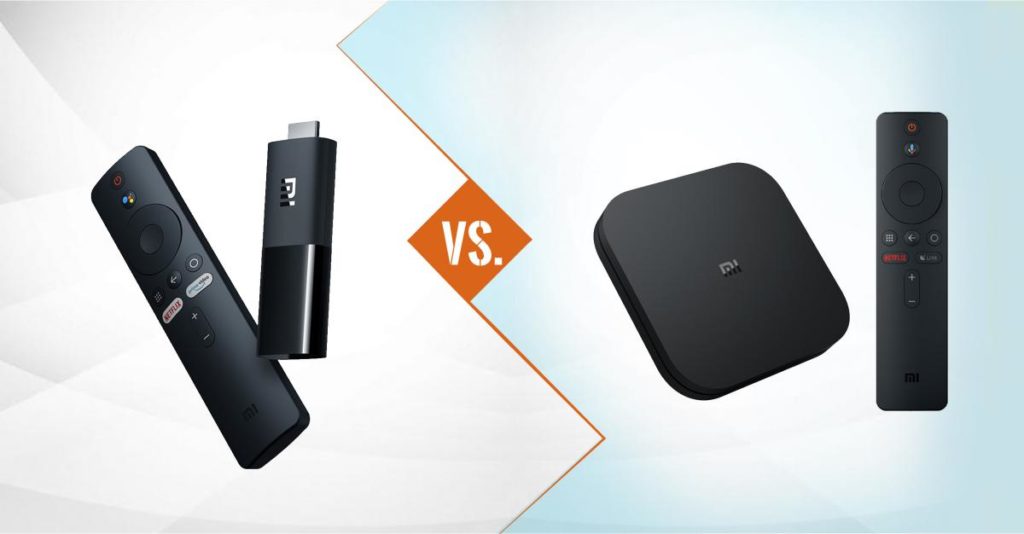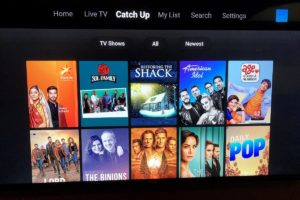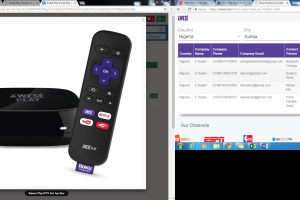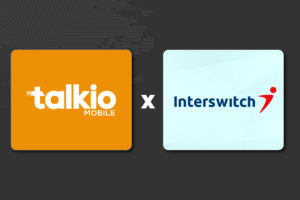Even if you already own a Smart TV, you might find yourself needing an additional streaming device. Why? Because most Smart TVs don’t support every streaming service natively. For example, your Samsung TV might have Netflix but lack Disney+, or your LG TV might support Hulu but not Amazon Prime Video. This is where dedicated streaming devices come in – they expand your content options beyond what your TV’s built-in software provides.
Xiaomi offers two popular Android TV-based streaming options: the compact Mi TV Stick and the more feature-rich Mi Box S 4K. This comparison will help you decide which one better suits your streaming needs and budget.
Quick Comparison: Mi TV Stick vs. Mi Box S 4K
| Feature | Mi TV Stick | Mi Box S 4K |
| Design | HDMI Dongle (hides behind TV) | Set-top box |
| Max Resolution | 1080p (Full HD) | 4K Ultra HD |
| HDR Support | No | Yes (HDR10) |
| Processor | Quad-core Cortex-A53 | Quad-core Cortex-A53 |
| RAM | 1GB | 2GB |
| Storage | 8GB | 8GB |
| Operating System | Android TV 9.0 | Android TV 9.0 |
| Ports | Micro-USB (power only) | HDMI, USB-A, Audio out, Power |
| External Storage | No | Yes (via USB port) |
| Dolby Audio & DTS | Yes | Yes |
| Bluetooth | Yes (4.2) | Yes (4.2) |
| Voice Remote | Yes | Yes |
Design and Form Factor
The Mi TV Stick adopts a compact dongle design similar to Amazon’s Fire TV Stick. It plugs directly into your TV’s HDMI port and remains hidden behind your display. This minimalist approach works well for wall-mounted TVs or setups where space is at a premium.
The Mi Box S 4K uses a traditional set-top box design that sits near your TV. While it takes up more space, this design accommodates additional ports and potentially better thermal management for the more powerful hardware inside.
Resolution and Video Quality
The most significant difference between these devices is their maximum output resolution:
-
Mi TV Stick: Maxes out at 1080p (Full HD) resolution. This is sufficient for smaller TVs (under 40 inches) or if you primarily watch content that isn’t available in 4K.
- Mi Box S 4K: Supports up to 4K Ultra HD resolution with HDR10. This provides noticeably sharper image quality on larger screens and access to 4K content from services like Netflix, Amazon Prime Video, and YouTube.
If you own a 4K TV or plan to upgrade to one soon, the Mi Box S 4K will take full advantage of your display’s capabilities. The Mi TV Stick, despite its 1080p limitation, still delivers good picture quality for standard HD content.
Performance and Specifications
Both devices run Android TV 9.0, giving you access to thousands of apps from the Google Play Store, built-in Chromecast functionality, and Google Assistant voice control via the included remote.
However, there are important performance differences:
-
RAM: The Mi Box S 4K includes 2GB of RAM compared to the Mi TV Stick’s 1GB. This extra memory allows for smoother multitasking and navigation, especially when switching between apps.
- Processing Power: While both use quad-core processors, the Mi Box S 4K’s chip is optimized for 4K decoding, making it more capable for demanding content.
For casual streaming of services like Netflix, YouTube, or Disney+, both devices perform adequately. However, the Mi Box S 4K offers a more responsive experience when navigating menus or using more resource-intensive apps.
Connectivity and Expandability
The Mi Box S 4K offers significantly better connectivity options:
-
USB Port: The Mi Box S includes a USB-A port that supports external hard drives, USB flash drives, keyboards, or game controllers. This allows you to play local media files or expand storage.
- Audio Output: The Mi Box S features a dedicated audio output port for connecting to external speakers or sound systems.
The Mi TV Stick only has a micro-USB port for power. While you can still side-load apps wirelessly or stream content from your phone, the lack of physical expansion options limits its versatility compared to the Mi Box S.
Price Consideration
When first released, the Mi TV Stick was priced around $44, while the Mi Box S 4K typically sold for $50-70. While prices have fluctuated since then, the Mi Box S 4K generally commands a $10-25 premium over the Mi TV Stick. Given the significant feature advantages of the Mi Box S 4K (especially 4K resolution and the USB port), this price difference often represents good value for most users.
Which Should You Choose?
Choose the Mi TV Stick if:
-
You have a 1080p TV with no plans to upgrade to 4K soon
- You want the most compact, hidden solution possible
- You’re on a tight budget
- You primarily use streaming apps rather than local media files
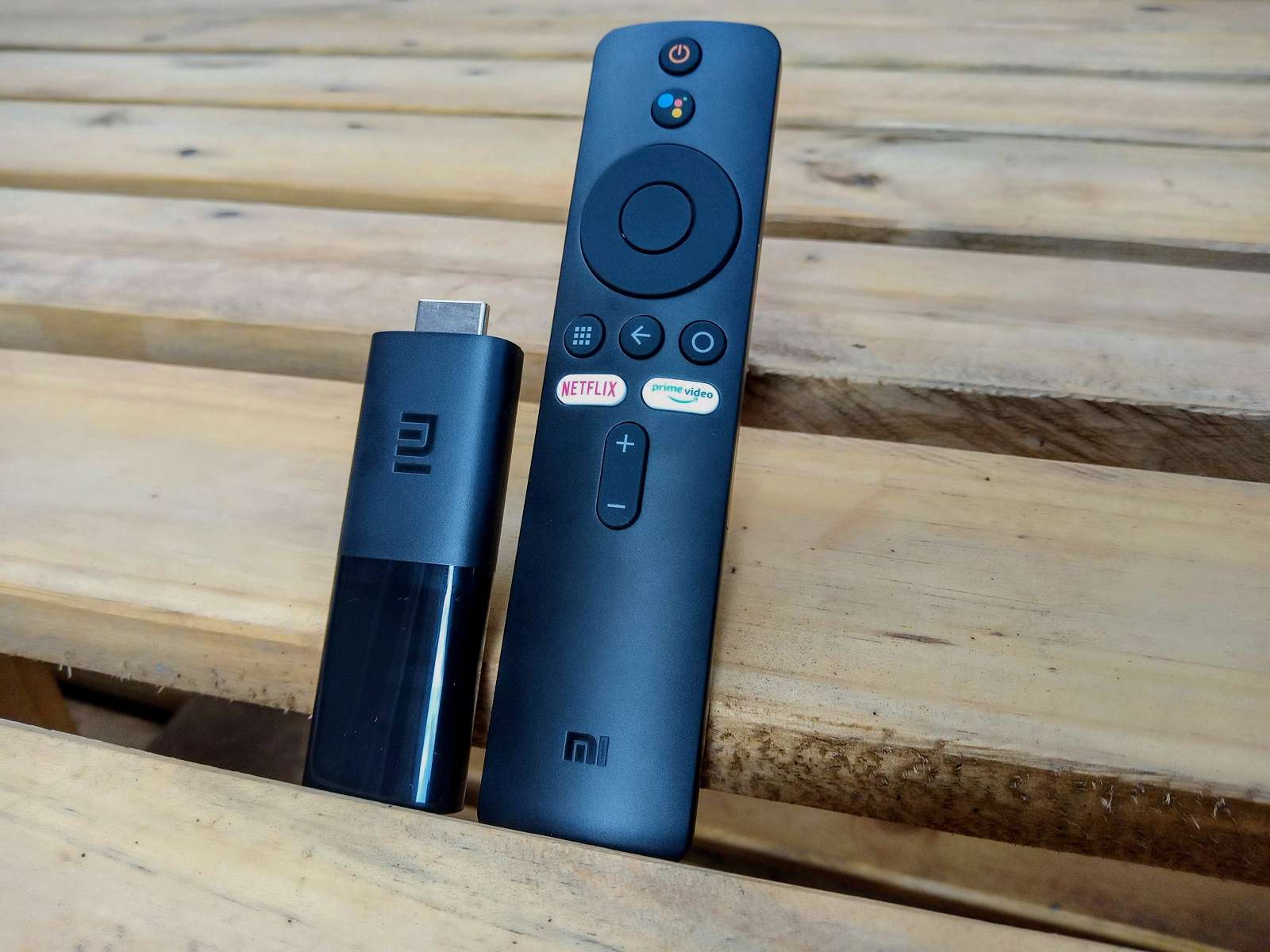
Xiaomi Mi TV Stick
Available at: Amazon
$55.99
Buy on AmazonChoose the Mi Box S 4K if:
-
You own a 4K TV or plan to upgrade soon
- You want to play media from USB drives or external storage
- You value smoother performance when navigating and switching apps
- You want HDR support for better color and contrast
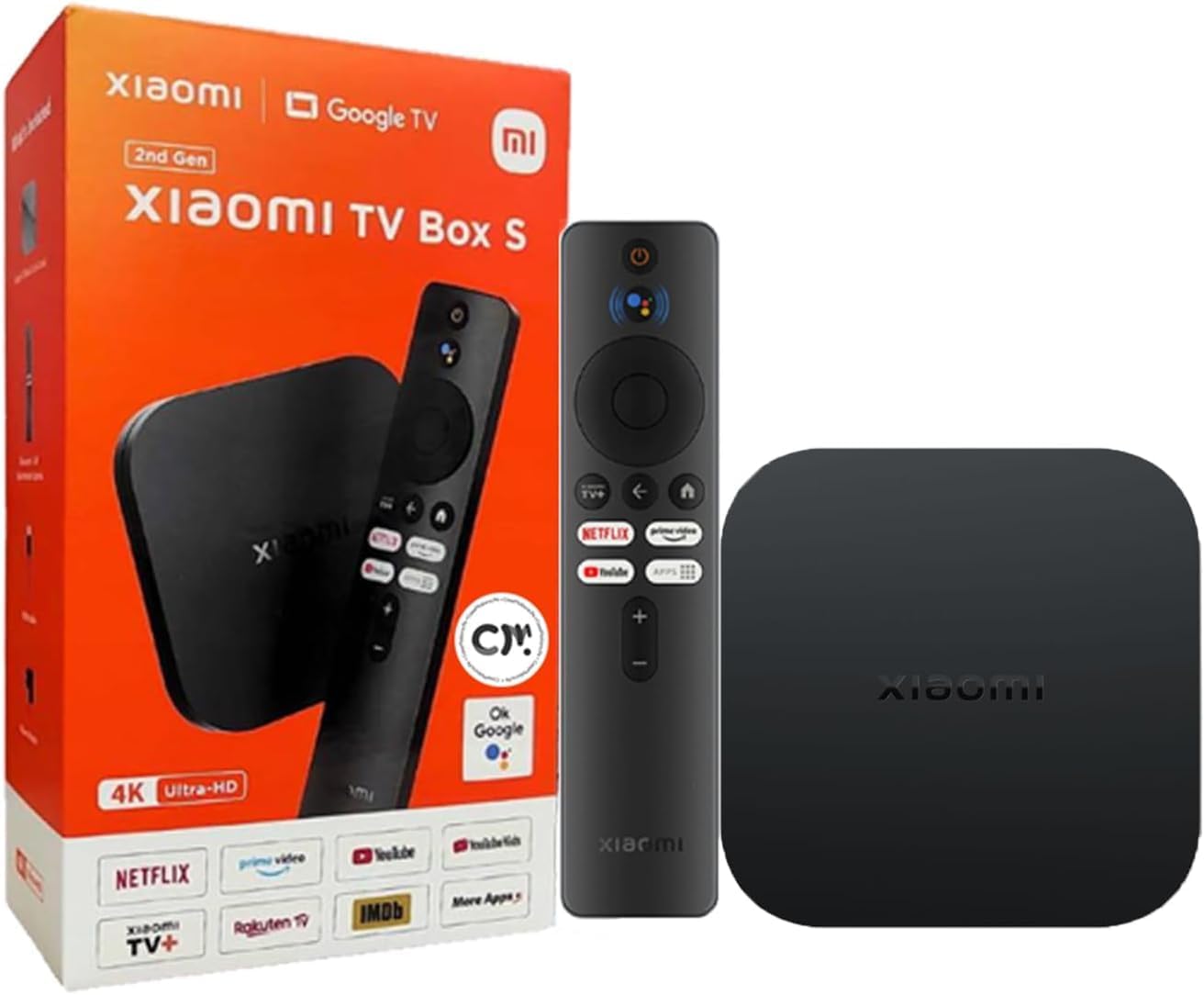
Xiaomi TV Box S (2nd Gen)
$63.99
Available at: Amazon
Buy on AmazonFor most users, the Mi Box S 4K represents better long-term value despite its slightly higher price. The 4K capability future-proofs your purchase, while the additional RAM and USB port significantly enhance its versatility.
However, if you’re simply looking to add smart features to a secondary 1080p TV or want the most discreet streaming solution possible, the Mi TV Stick remains a capable option at a lower price point.
Discover more from Dignited
Subscribe to get the latest posts sent to your email.


